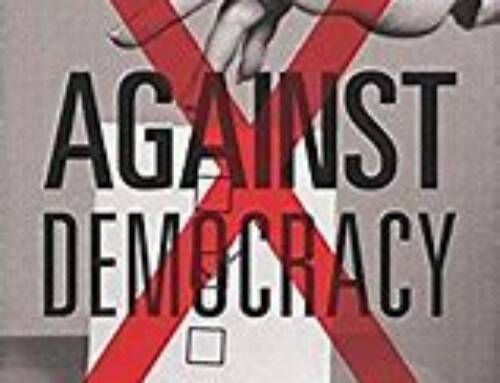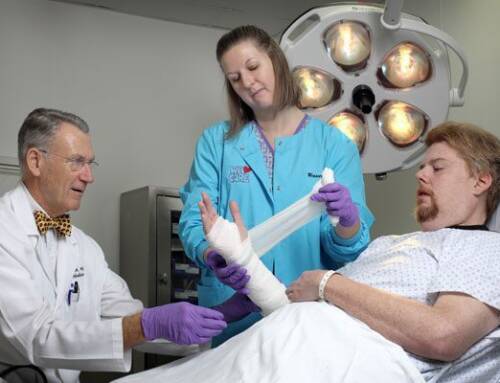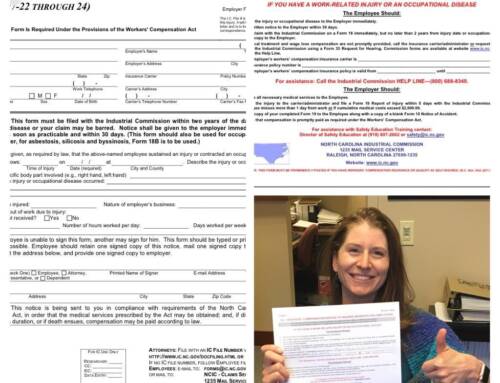Today’s post comes from guest author Kit Case from Causey Law Firm.
Worry is increasingly pervasive in our society as insecurity about the economy and safety, nationally and personally, grows daily. Worry is compounded in the daily lives of those who are injured or disabled, as they struggle with the added burdens of medical costs and loss of income, all of which engenders a bleak outlook on their future.
“At its worst, [toxic] worry is a relentless scavenger roaming the corners of your mind, feeding on anything, never leaving you alone.” This was the description of “worry” by Edward M. Hallowell, MD, in Worry, 1997, with a 2002 introduction. (This study is still considered the “bible” in lay literature and often quoted in scientific research.) Long ago, Dr. Charles Mayo said, “Worry affects circulation, the glands, the whole nervous system and profoundly affects the heart.” Indeed, worry appears to be, at worst, of genetic origins, and to a lesser degree a learned or environmental response.
Hallowell defines worry as two types: toxic worry and good worry. He likens toxic worry to a virus, insidiously and invisibly attacking you and robbing you of your ability to work, your peace of mind and happiness, your love and play. On the other hand, good worry, or adaptive worry, is necessary to avoid real danger and life-threatening situations.
Worry is categorized as part of Generalized Anxiety Disorder (GAD) in most lay and scientific literature. The National Institute of Mental Illness (NIMH) defines GAD as people who go through the day filled with exaggerated worry and tension, even though there is little to provoke it. NIMH literature states that people with GAD anticipate disaster and are overly concerned about health issues, money, family problems or difficulties at work. GAD is diagnosed when a person worries excessively about everyday problems for at least six months. Worry, as part of GAD, is commonly treated with medication and cognitive therapy.
The everyday worry of the disabled or injured worker is direct, with anxiety and fear over money, physical abilities, medical care, vocational options, housing, food, and family disintegration. It does prey upon so many, compounding their physical health problems and environmental lives.
For more on the very real physiological implications of worry, check in next week for the next installment in this series.







